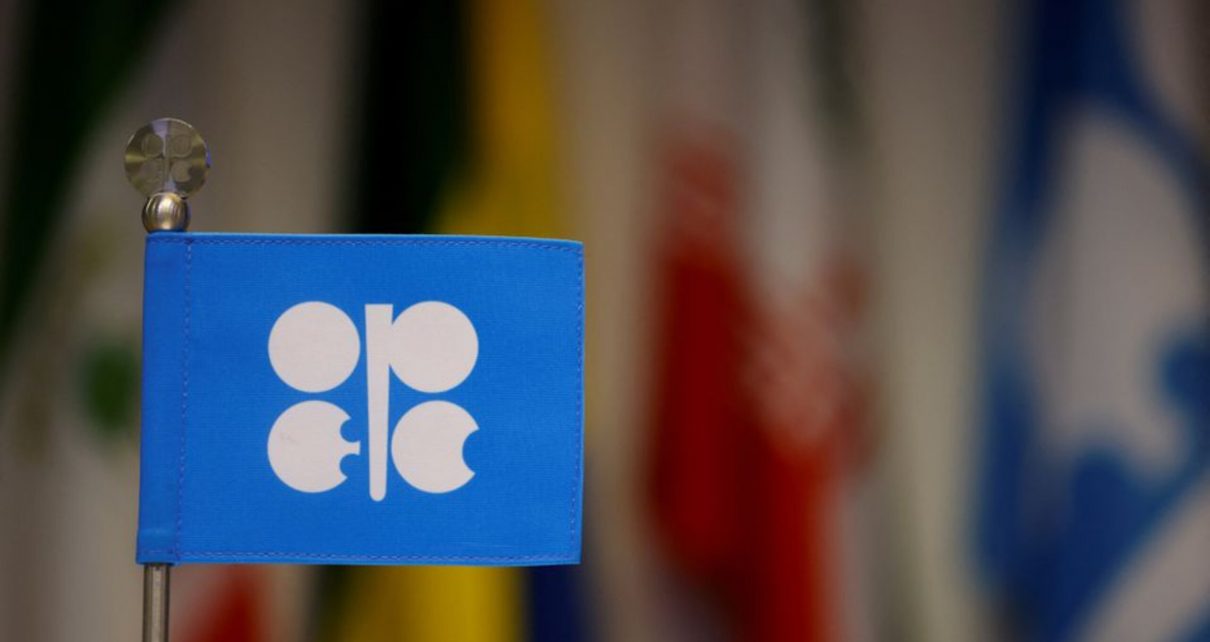For the fourth time since April, the Organisation of Petroleum Exporting Countries (OPEC) has lowered its estimate for how much oil the world will need in 2022. This was due to weaker economies, the return of China’s COVID-19 control measures, and high inflation.
In a monthly report, OPEC predicted a 2.7% increase in oil demand in 2022, down 460,000 bpd from the previous prediction.
According to the report from OPEC, “the world economy has entered a time of heightened uncertainty and rising challenges, amid ongoing high inflation levels, monetary tightening by major central banks, high levels of sovereign debt in many regions, as well as ongoing supply issues.”
With demand expected to decline, OPEC and its partners, collectively known as OPEC+, this week decided to support the market by implementing their biggest output cut since 2020. The choice received criticism from the US. On the other hand, the U.S. Energy Department downgraded its projections for worldwide production and consumption in 2023 on Wednesday.
Even then, OPEC’s outlook for demand growth this year and next remains higher than that of the International Energy Agency, which releases its latest predictions on Thursday.
To reach 102.02 million bpd in 2019, OPEC anticipates a rise in oil demand of 2.34 million bpd, 360,000 bpd lower than prior projections. In spite of the epidemic, OPEC forecasts that consumption would be higher in 2023 than it was in 2019.
U.S. Energy Department projections for 2023 consumption are 1.5% lower than last month, coming in at 101.03 million barrels per day (bpd). Furthermore, it forecasts a relatively modest increase oil output in 2019 of 0.8%, to 100.73 million bpd.
By 2022, OPEC expects global economic growth of 2.7%, down from 3.1% in 2020, and 2.5% in 2021. They also warned of the possibility of further weakening.
OPEC warned that there was still a “major downside risk,” despite the fact that variables like fiscal measures in the European Union and China, as well as any conclusion to the conflict in Ukraine, had very limited upward potential.
Oil prices, which have been falling as investors fretted about the global economy, ended the day at less than $93 per barrel.
In response to the pandemic’s dramatic reduction in oil demand, OPEC+ has spent the better part of this year increasing oil production.
According to the decision made for September 2022, the group’s output objective will grow by 100,000 bpd, with the 10 member countries of OPEC contributing roughly 64,000 bpd of that total.
A total of 29.77 million bpd was produced by the Organization of the Petroleum Exporting Countries in September, up by 146,000 bpd thanks to increases in Saudi Arabia and Nigeria.
While the OPEC+ agreement calls for a certain amount of oil to be pumped, OPEC is still pumping significantly less than that amount.
OPEC predicts that global demand for its petroleum will average 29.4 million bpd in 2019, down 300,000 bpd from last month and implies a surplus of 370,000 bpd should output continue at September’s rate and other things being equal.
However, the OPEC+ output cut agreed upon last week is significantly higher, at 2 million bpd, and it runs for the entirety of 2023.



